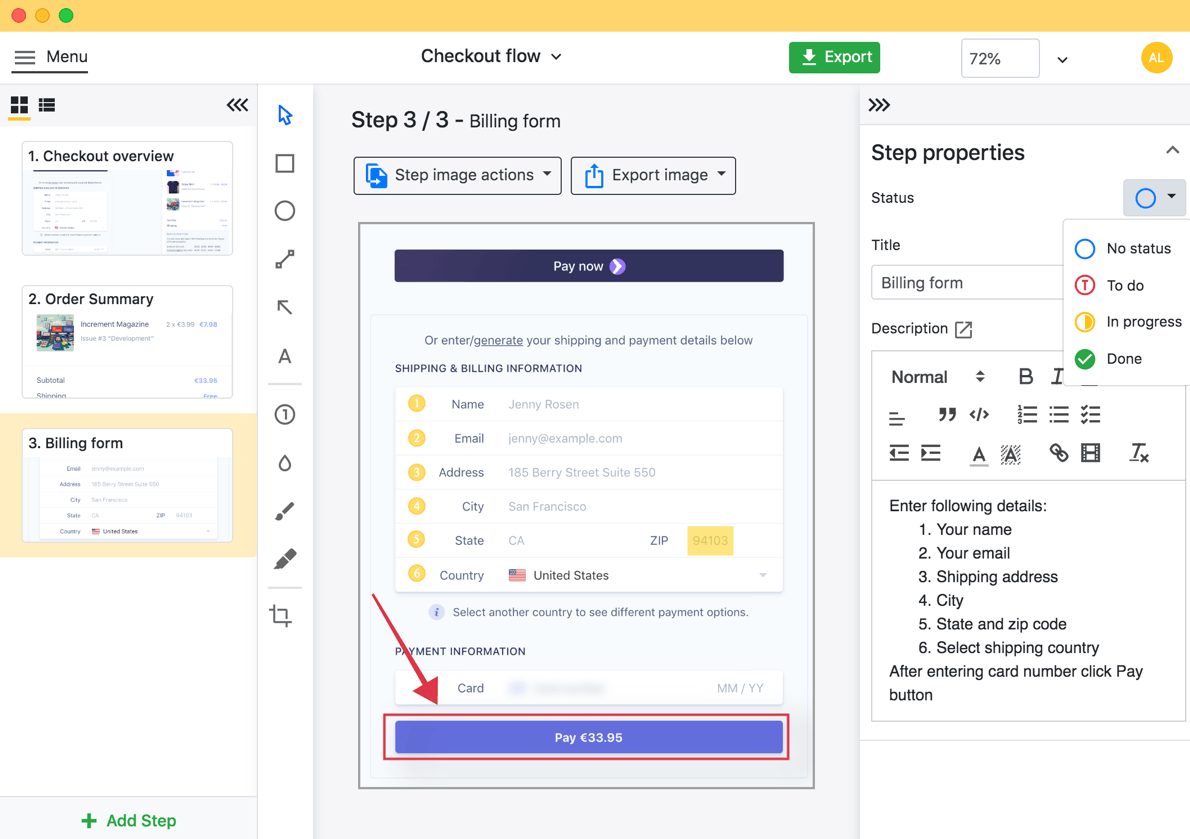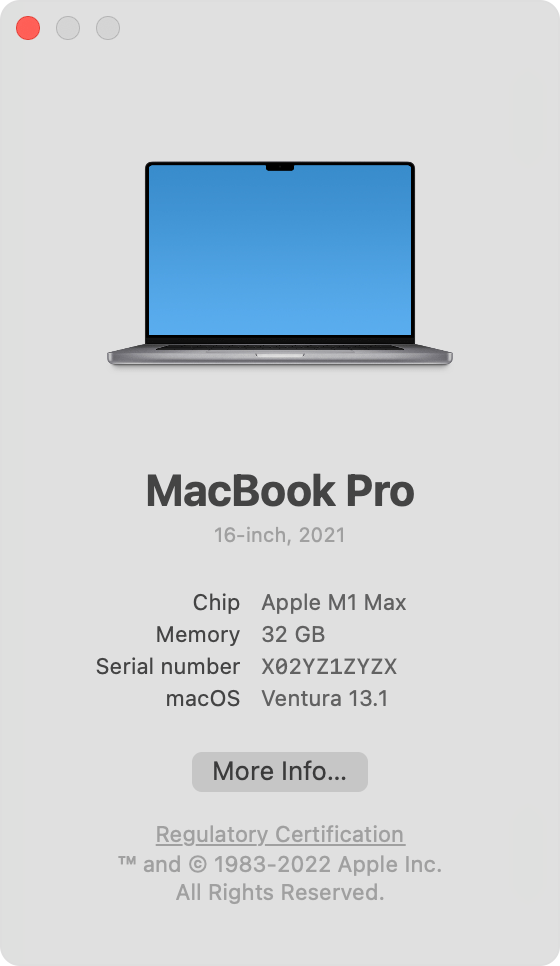Technical documentation might not be the most glamorous part of what a business does, but it’s arguably the most important. That might sound like an exaggeration, but without it, a company lacks a solid, complete picture of how its own product works.
To make a case for investing time and resources into this often overlooked aspect, let’s look at what technical documentation is, how to write it, and why you need to get on board.
What is technical documentation?
If you’re in the tech space, you probably hear the term all the term “technical documentation” all the time — but do you know what it really means? People misunderstand what technical documentation entails all the time.
To make sure we’re all on the same page, let’s have a quick breakdown of the basics.
Technical documentation is a document that describes how the product was made, why it was made that way, and how to use it. It’s usually written after or during a product’s development and referred back to continuously throughout a product’s life in case there’s any doubt over how a specific element works or why it was created.
Although you can use technical documentation for all kinds of products, it’s most common in industries like information technology, medicine, engineering, and similar. We’ll be focusing on technical documentation within the IT world, which is usually for software or hardware.
Who writes technical documentation?
Technical documentation can either be the responsibility of a technical writer or the individual/team that actually created the product (i.e., developers and programmers). There are pros and cons to both parties taking the lead — ideally, they should both be involved.
No matter how knowledgeable and skilled a technical writer is in a specific area, they’re essentially an outsider — they didn’t create the product themselves, and they can’t understand it to the same degree as the technical team. This might sound problematic, but it’s actually a significant advantage.
The “outsider’s view” gives a technical writer a broader picture of the product. If anything doesn’t quite make sense or there’s information missing, the technical writer will notice and gather together the extra details they need. This ensures the technical documentation is complete and easy to understand.
However, a technical writer should only create the documentation with the support of the technical team. That’s because only the product’s developers have an in-depth understanding of the technical languages used and their full reasoning behind each step.
How to write technical documentation
Now you know what technical documentation is, it’s time to answer a more important question: how exactly do you go about writing it?
Most technical documentation consists of some (or all) of the following information:
- Abstract: The summary of everything the developer did while working on a product (although this is the first section, it’s usually written last).
- Table of contents: Indicates each section included in the document and where to find them.
- The key problem: Every product aims to solve a specific problem, and the documentation should make it clear what this is.
- Methodology: Outlines and justifies the use of methodologies (e.g., why a particular design methodology was used for a web application).
- Tools: Indicates which programming languages, frameworks, etc. were used to create the product, and why they were chosen.
- Inputs and outputs: Details the inputs of a product and the resulting outputs.
- Discussion: Concludes the documentation with the results of the project and how they will impact the end-user.
As you can see, technical documentation is all about justifying the processes that contributed to the product’s creation.
Why technical documentation is important
Now you have a solid understanding of what technical documentation is, it’s time to turn to the business case for paying it some attention. Here’s are three key reasons why no organization should neglect it.
Save time
Many organizations underestimate the value of technical documentation because it doesn’t yield any immediate results — but you should never devalue the importance of saving time.
When the moment comes to upgrade a product, even the developers responsible for creating the product might have forgotten some specific details about their methods, making it harder and slower for them to complete updates.
Any new team members will struggle even more!
At this point, technical documentation serves as an invaluable tool that guides the team through the methodology used originally, making it easier for (almost) anyone to tweak and improve the product.
Improve user experience
But it’s not just the development team that can benefit from technical documentation. Users might also turn to technical documentation if they encounter a problem when using the problem, or they want to understand how to use certain features.
If a product is newer to the market, users are less likely to be familiar with how it works and more likely to use technical documentation.
Boost sales
The words “increase sales” are magic to the ears of most businesses. Although technical documentation isn’t something most people would associate with improving the bottom line, that doesn’t mean it has no impact here.
Users with a greater understanding of how a product works are more likely to make a purchase — and what better way to develop their knowledge than through technical documentation?

Creating technical documentation using
FolgeHow to write good technical documentation
If you’ve made it this far in the article, you should be itching to get started with the creation of excellent technical documentation. But before you go any further, make sure you know what it takes to make yours as effective as possible.
Here are our top tips:
- Be as elaborative as possible. Explain each detail in as much detail as you can, including screenshots and recordings where possible. Folge is a free tool that captures everything you need (screenshots, annotations, etc.) and generates a guide for you in the form of an HTML, Word, PDF, or PowerPoint file.
- Make it easy to read. Break up your text by using figures, tables, and white space. Providing a logical structure with plenty of headings is also helpful.
- Avoid redundant information. Try not to repeat yourself — instead, reference the other section where you discussed the same point.
- Provide context. Give examples where possible to add clarity.
Bottom line
As you can see, technical documentation is an essential step in developing a product, and not something you can afford to skip.
If you want to create technical documentation for a software product, a tool like Folge can bring your guide to life by helping you capture every detail in a visually pleasing, intuitive way. Download it for free and start creating quick, easy tutorials for your software.
Create top notch technical documentation
🏆 Try and use Folge for free forever.
Download now



